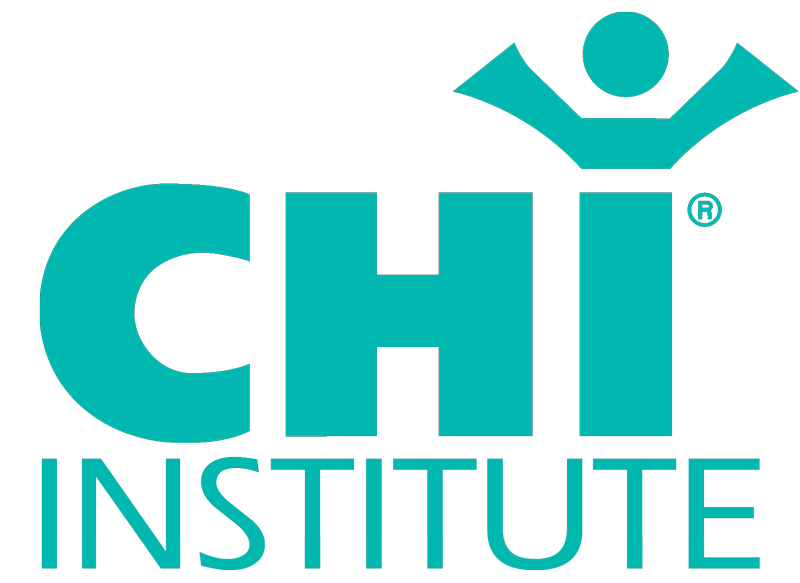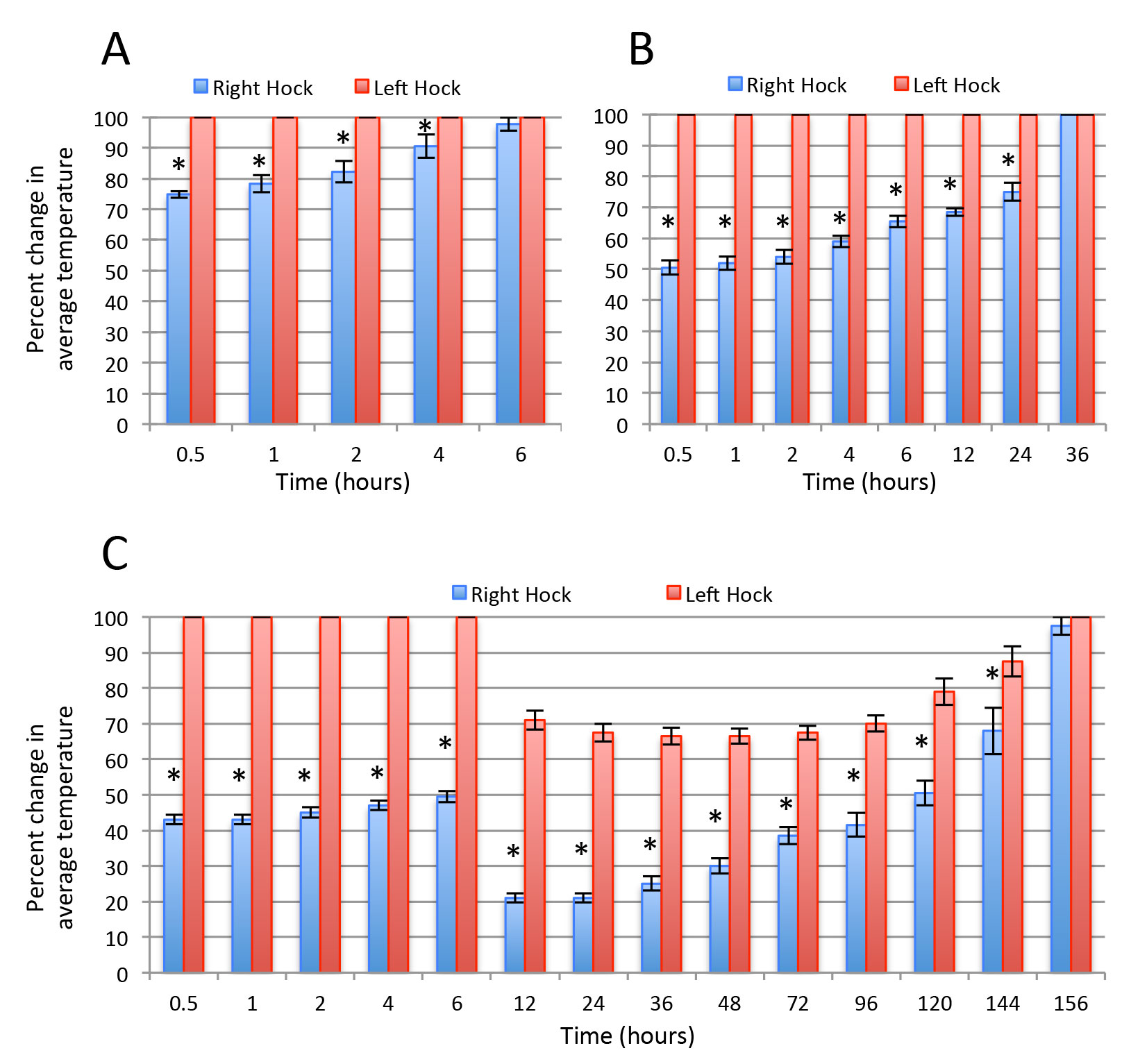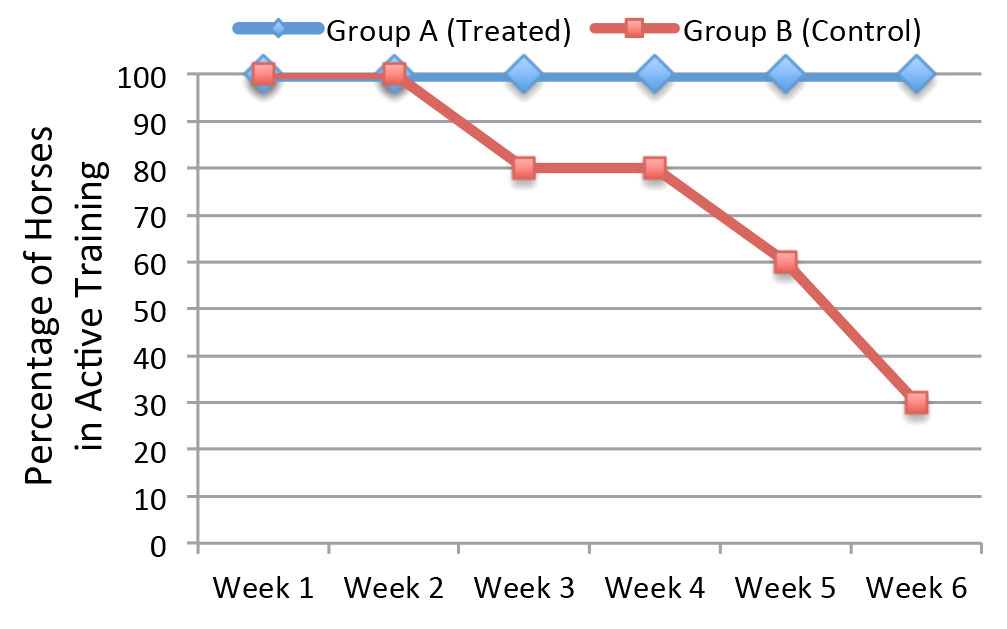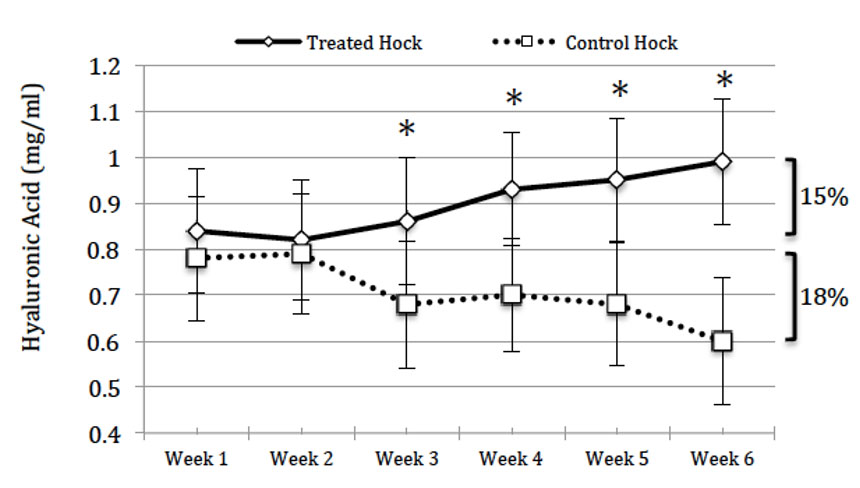Emotional Inflammation: Exploring the Unseen Influence on Our Body’s Reaction
A crowd can become inflamed before charging into battle. Kindling must become inflamed before it burns. From this perspective, inflammation is simply inflamed emotion directed by will. We conducted a series of three studies on controlled groups of standardbred horses which illustrates the emotional component of cellular inflammation, showing that local cellular inflammation can be influenced by abusive treatment. When the cells of the joints of horses became cooperative with the overall task at hand (running fast) the problem of inflammation vanished.
This comes from the observation that the acoustical and magnetic energy from the Chi Palm and earlier Infratonic devices causes people and cells to move from being rebellious to being cooperative. Put kids in a time-out for 5 minutes with the CHI Palm and they will become surprisingly calm and agreeable. Virtually all groups of cells showing pain and inflammation will show reduced heat, swelling, and pain within 5 minutes of applying the Chi Palm.

Those who deny the existence of emotion and will as substances of life often choose to identify inflammation with biochemical markers. This perspective includes chronic illnesses caused largely by dietary and environmental sources like heavy metals, free radicals, radiation, and ROS. (see Environmental Inflammation) CHI does not view this as inflammation largely because, except for allergic responses, these dietary and environmental sources tend to make the cells numb and slow down their metabolism, and to not cause the fiery and painful swelling that are the hallmarks of inflammation. Swelling of edema occurs because cells are asleep, allowing excess fluids to build up.
Medical narratives that conflate fiery inflammation with chronic illness caused by dietary and environmental sources don’t understand or treat the actual inflammation, inflamed emotions. Nor do they treat the build-up of free radicals and metabolic waste that build up in the body. They just provide drugs that mask symptoms. I got a window into this through our controlled Infratonic research conducted with matched groups of standardbred horses. The problem we were addressing was the inflammation, (the hot, painful swelling) in the hocks (joints) of horses that resulted from their being pushed throughout hard daily workouts for weeks at a time. Invariably, their joints would become inflamed. For each of the 10 horses, we applied Infratonic therapy to one inflamed joint while the other joint served as the control. This was quantified with infrared thermography which showed dramatic immediate reduction of heat in the treated joint, which stayed cooler for up to 100 hours in all 10 horses!
Infrared Thermographs showing the hocks from a horse treated only on the right side. The thermographs were taken from the front legs looking back to the hind limbs, thus the right hock is the hock appearing on the left side of the pictures. The Infratonic was applied for 3-4 minutes on each of the 12 selected acupuncture points. As an example the pictures correspond to both hocks from the racehorse #8. (A) Before treatment; (B) 30 minutes after treatment; and (C) 72 hours after treatment. The black spots on the treated hock (B and C thermographs) indicate that the temperature dropped off the scale.
Figure #2. Percent changes in temperature on the right and left hock of standardbred horses as measured by Infrared Thermography. One group of ten horses was evaluated on each experiment. The right hock was treated (blue) and the left hock was used as the untreated control (red). (A) One treatment using the Infratonic directly to 5 acupoints (Ki 3, SP 5, St 41, Bl 60 and Bl 62) on the right hock for two minutes each point and ten minutes total treatment. (B) One treatment to the same acupoints on the right hock as in (A) but for 4 minutes each point and a total of 20 min treatment. (C) Two treatments for 20 minutes each directly to the right hock 12 hours apart, each 20 minutes treatment was applied as on experiment (B). The symbol (*) indicates that the differences between the treated and control hock are statistical significant. The P values are shown in Table #3.
This shows a substantial reduction in hot, inflamed energy. The treated joint was apparently no longer angry at the trainer or the workout routine and chose to produce healing chemicals instead of angry inflammatory chemicals. However, the “medical experts” insisted that the thermographically measured heat in an inflamed joint was not a real thing because it wasn’t physically measurable. There was no biochemical basis, no blood test. Thermography was declared pseudo-science. Our findings were rejected.
To satisfy our critics, we repeated the research. However, this time we measured diagnostic enzymes CPK and AST, which were claimed by “medical experts” to be markers for inflammation. They are not. In fact, they are markers that show that muscle cells are damaged. A disrupted cell wall releases the CPK and AST from inside the cell into the blood stream causing the concentration of these chemicals to rise measurably in the blood stream. Does muscle damage from overworked muscles correlate with inflammation? This is where it gets interesting:
We proceeded with this study and found that, over the next 6 weeks, the 10 horses treated with Infratonic therapy had decreasing CPK and AST into the normal level, whereas the 10 horses who were not treated showed increasing levels of CPK and AST.
Muscle damage decreased in the treated group and increased in the untreated group. (four horses in the control group had to drop out because of joint inflammation.) However… our Medical critics argued that we had not shown that the changes in CPK and AST were related to the thermographic finding of heat in the joints. How could we show this?
We repeated the study a third time, this time using the quantity and quality of hyaluronic acid, the lubricating fluid in the joints as our primary measure. Over many hard workout routines it is typical for the joints of horses to become “dry”, which means there is very little hyaluronic acid to lubricate the joints. For this test, we returned to treating one joint and using the second joint in each horse as the control. We found that the reduced thermographic heat in joints correlated with a dramatic increase in quantity and quality of hyaluronic acid in the joints.
Figure #1. Hyaluronic Acid (HA) concentration within the hocks. A group of 10 standard bred race horses in active training were treated with the Infratonic device. The right hock was treated (solid line) while the left hock (dotted line) of the same horse was used as untreated control. The Infratonic treatment increase HA within the treated hock, while it decreases within the control hock. The (*) symbol indicates the differences between the treated and control hocks are statistically significant on weeks 3, 4, 5 and 6 (see Table #1). The average increase in HA within the treated hock is 15%, while the control hock presented an average decrease of 18%.
This was a HUGE discovery! This shows that the reduction in inflammation (heat, swelling, and pain) in the joints was the cause of the gradually reduced muscle damage and improved joint health. This means AST and CPK do not cause inflammation, but rather, their production provides for the gradual, cumulative benefit of reduced inflammation.
Inflammation, angry, fiery energy is the cause. Biochemistry is the result. Muscle cells and cells of the synovial membrane were angry and complaining. Application of Infratonic therapy caused these cells to start working as a team. The angry inflammation immediately dropped. Then, weeks later, the results of cellular cooperation resulted in much healthier and more competitive horses. “Changing the minds” of muscle and joint cells from rebellious to cooperative brought about a gradual but accelerated recovery.
Those who ignored the emotional component of inflammation and convoluted this with environmentally induced chronic illness threw the baby out with the bathwater and put in biomolecular measures that did not measure inflammation. Now, inflammation (redness, swelling, and pain) is the cause of 90% of pain and suffering and the medical system doesn’t even know what inflammation is. They simply use pharmaceuticals to repress all production of inflammatory chemicals which often impedes normal healing and frequently creates other health problems.
Next, in Part 4 we turn to allergies and the role inflammation plays. Then in Part 5 we look at environmentally induced inflammation which is more often confused inflammatory responses and degeneration rather than pain, redness, and swelling.
Comments (2)
Leave a Reply
You must be logged in to post a comment.







Hi, I have had an I-9 for years and still loving it. Your new Chi disc seems great too.
But what I am writing about is the website. There is so much interesting information on it, but it is so difficult to read. The writing is very faint. Is it just my computer? I haven’t had this problem with other websites. I wish you would change the color and intensity of the text. I am sure many readers would appreciate that. Thank you,
Kathleen Clark
HI Kathleen, Thanks for your long time support. We have been working to remove all the gray text on our website with black text. In many cases, we have succeeded. I notice as I write this that my words appear in that gray text. I will tell our IT team. Please, if you can, be specific about where you find the problem with unreadable text and our IT team will seek to eradicate it. My impression is that most web stuff these days is created by young people with very good vision, so they don’t notice when words are hard to read by older people like me. Sincere thanks for your help in making the information on or website more available! Richard